monogrammed lower right
with frame: cm 76,5 x 88,5 x 9
Publications: Jacques-Emile Blanche 1861-1942, Catalogue raisonné, Jane Roberts et Muriel Molines, RM 396
Provenance: Bergamo, Italy, private collection
The painting is in good condition.
For further information do not hesitate to contact us.
Most of his life is linked to Normandy. On the beaches of Dieppe and Puys he plays with the sons of Lord Salisbury, with the daughters of Alexandre Dumas, Charles Gounod and the academic John Lemoinne (whose daughter he married in 1895). After the war of 1870, his parents rented an apartment in Dieppe, in the legendary Maison Briffard, and it was here that Jacques-Emile Blanche took his first painting lessons from a local artist named Mélicourt. With a flair for art in general, he is still undecided on the path to take. During the “dîners des philosophes” (philosophers' dinners) that his parents organize every Saturday evening, he meets some celebrities of the time. George Sand, Michelet, Renan directed him towards literary activity, Berlioz, Bizet, Fauré towards music, but in the end it was painting that prevailed.
In Dieppe he meets the painter Sickert who becomes one of his best friends and leads him to appreciate the art of portraiture.
He often accompanies her mother to Berthe Morisot and stays for hours and hours watching her paint. Thanks to Edmond Maître he met Fantin-Latour who corrected his first pictorial attempts. He begins to collect works by Monet and Cézanne. He is about thirteen years old when he has the opportunity to visit Manet's Atelier where he remains completely subjugated by the marines. He later met Degas and Renoir who praised him for his compositional and chromatic qualities and offered to give him advice in Paris. The family wealth allows Blanche to paint without the worry of sales; he can freely choose his models and the commissioned portrait represents only a small part of the production.
In 1879 Berthe Morisot invited him to participate in the exhibitions of the Impressionist group, but Blanche, just eighteen, refused out of modesty and respect for her masters.
The same year he had a wooden Atelier built at the foot of the Dieppe cliff where his friends, writers, musicians, painters and politicians, met. He is usually surrounded by exceptional personalities, also thanks to his grandfather and father, both doctor-psychiatrists famous for having treated many well-known figures in the 19th century, from Gérard de Nerval to the Countess of Castiglione to Guy de Maupassant.
Among the most famous friends he portrayed we can remember: Henri Bergson, Stéphane Mallarmé, André Gide, Jean Cocteau, Igor Stravinsky, Paul Valery, Marcel Proust, George Moore, Max Jacob, Claude Debussy, Maurice Maeterlinck.
For a long time the artist used a sober palette, based on black, ocher and brown. The paintings exhibited at the Salon of 1888 (Louis Metman) and 1890 (Enfant couché or Le réveil de la petite princesse) are confirmation of this. Thanks to the advice of his friend Whistler, he acquires refinement and harmony in the colors which announce further research towards greater transparency and dilution of colours.
From the year of its foundation, in 1890, he exhibited regularly at the Salon de la Societé Nationale des Beaux Arts in Paris.
He achieved celebrity with some portraits: Paul Adam, Charles Cottet, The painter Thaulow and his family, The Vielé-Griffin family.
By marrying the daughter of the Englishman John Lemoinne, leader of the "Journal des Débats", he came into contact with various French and English personalities who commissioned his portraits.
He exhibits frequently at the National Gallery in London. His works often depict genre scenes, depictions of fashionable locations, such as Brighton or Dieppe beach, and horse racing.
In 1900 he obtained the gold medal at the Universal Exhibition in Paris. He is also the author of autobiographical and essay novels: Artist's Notebooks, From David to Degas, From Gauguin to the Revue Négre, Manet.
The quality of the painting, the precious grays and the silver lights make Jacques-Emile Blanche an artist closer to Manet, whom he greatly admired, rather than to the Impressionists; however, his works "en plein air" with brightly colored brushstrokes do not hide a certain kinship with the latter.
From 1902 to 1939 he lived in Offranville and wrote about this small village near Dieppe: “If chance wanted me not to be born in Dieppe, Saint-Jacques became my parish, its nave an oratory conducive to my meditations… All the incidents most decisive moments of my career surprised me in Dieppe."
Around 1910, on a visit to the Louvre, he found his old friend Louis Anquetin and the sight of his "grisaille" works made him reflect for a long time on the use of soft and deep shadows, which from this moment on he would adopt in his paintings. .
Between 1915 and 1918 he became passionate about the Ballets Russes; this revelation drags him into a new taste for color, even touching up some old works that no longer satisfy him.
In 1923 he participated in the II Roman Biennial with the works The family of René Ménard and Group of Musicians.
In the years 1925-30 he reached the peak of his career; every image conceived by him immediately finds its pictorial correspondence through a few touches of the brush. He is so skilled at fixing in his mind the subjects that interest him that he does not need real presence. For example, the portrait of the Countess of Castiglione, met in 1893, was painted in 1925, only on the basis of a memory engraved in the mind.
The year following his death, the Musée de l'Orangerie in Paris dedicated a large commemorative exhibition to him.
More recently, in 1997, the Rouen Museum of Fine Arts organized an anthological exhibition in honor of the artist which continued in Italy, at Palazzo Martinengo (Brescia) the following year.
Museums:
Offranville (Musée Jacques Emile Blanche)
Paris (Musée Rodin, Musée de la musique, Musée du Petit Palais, Musée de la vie Romantique, Bibliotheque Nationale de France, Musée Bibliotheque de l'Opera, Musée du Louvre, Musée d'Orsay, Musée Carnavalet, Musée d'Art Moderne de la Ville)
Rouen, Reims (Musée des Beaux Arts), Strasbourg (Musée des Beaux-Arts), Tours (Musée des Beaux-Arts), Nice (Musée des Beaux-Arts), Dieppe (Musée des Beaux-Arts), Dijon, Grenoble ( Musée des Beaux-Arts), Lyon (Musée des Beaux-Arts) – (France)
London, Great Britain (The Tate Gallery, National Portrait Gallery, Governmont Art Collection, The Garrick Club)
Brussels, Belgium (Musée Royaux)
Barcelona, Spain (Museo de Arte Moderna)
Saint-Petersburg, Florida, United States (Museum of Fine Arts)
Bibliography:
Second Roman Biennial, International Fine Arts Exhibition Rome, MCMXXIII, Rome, Enzo Pinci Art Publishing House, 1923; F. Lespinasse, La Normandie vue par les peintres, Lausanne, Edita, 1988 ; Jacques-Emile Blache, peintre (1861-1942), Paris, Editions de la Réunion des musées nationaux, 1997 ; Dictionnaire de Peintres à Montmartre, Paris, Editions André Roussard, 1999 ; J. S. Klein, La Normandie, berceau de l'Impressionnisme, 1820-1900, Rennes, Editions Ouest-France, 1999; Au temps de Marcel Proust, La collection François-Gérarl Selingmann au musée Carnavalet, Paris Musées, 2001; M. Wolpert & J. Winter, Modern Figurative Paintings, The Paris Connection, Atglen, A Schiffer Book, 2004.



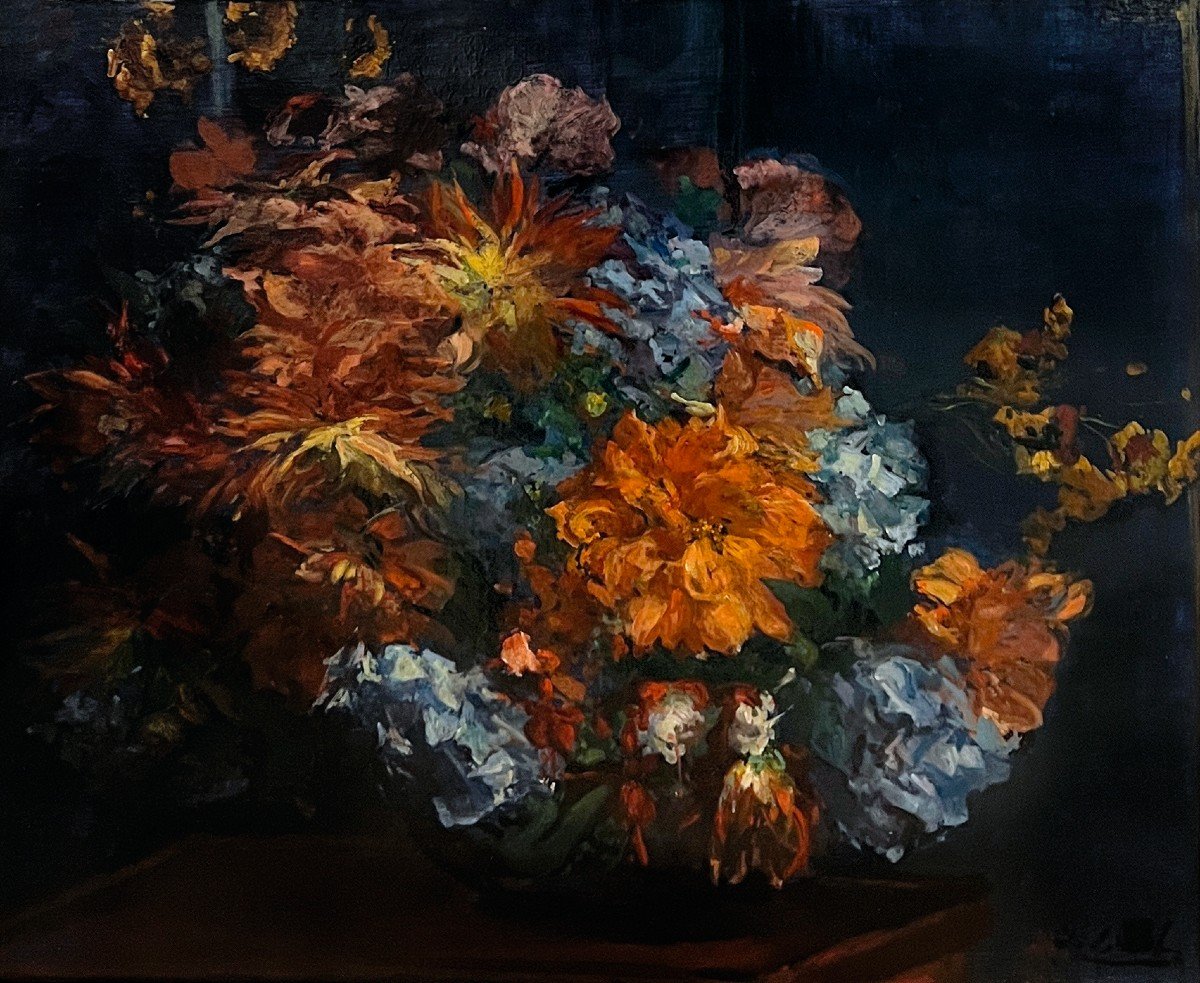


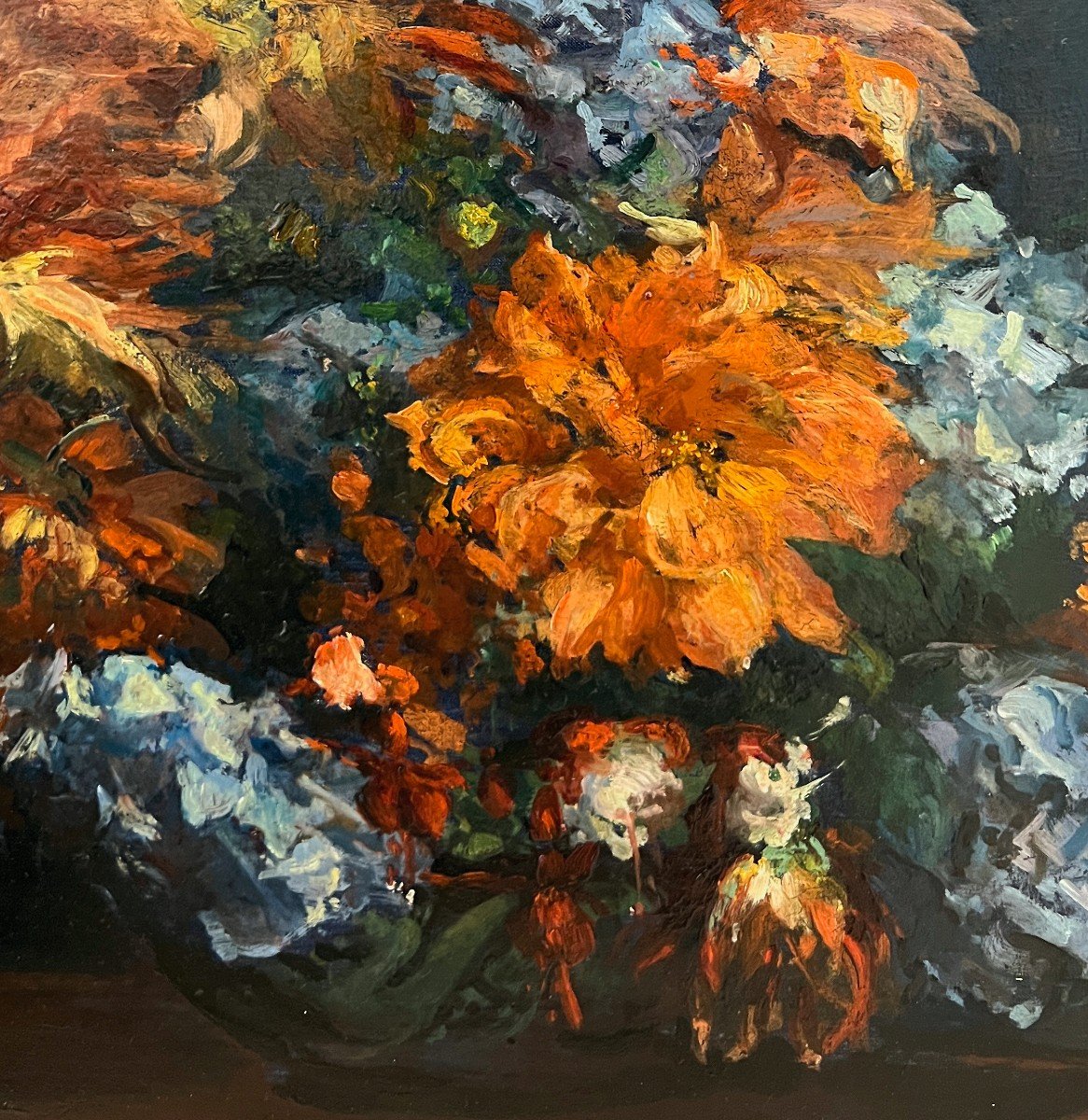













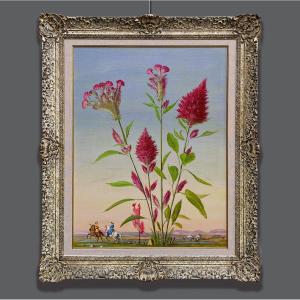
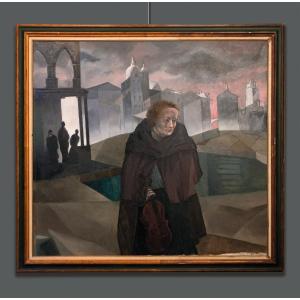


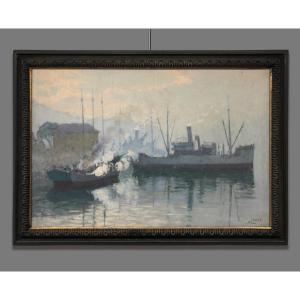





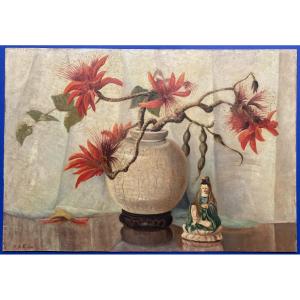
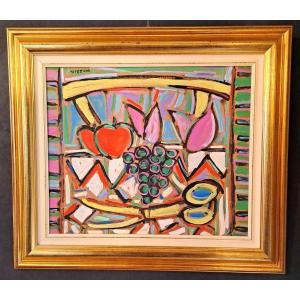

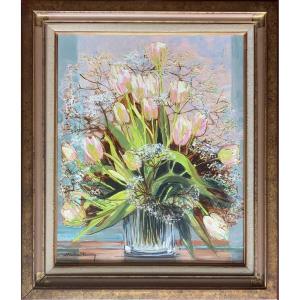
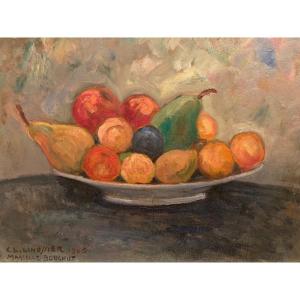



 Le Magazine de PROANTIC
Le Magazine de PROANTIC TRÉSORS Magazine
TRÉSORS Magazine Rivista Artiquariato
Rivista Artiquariato